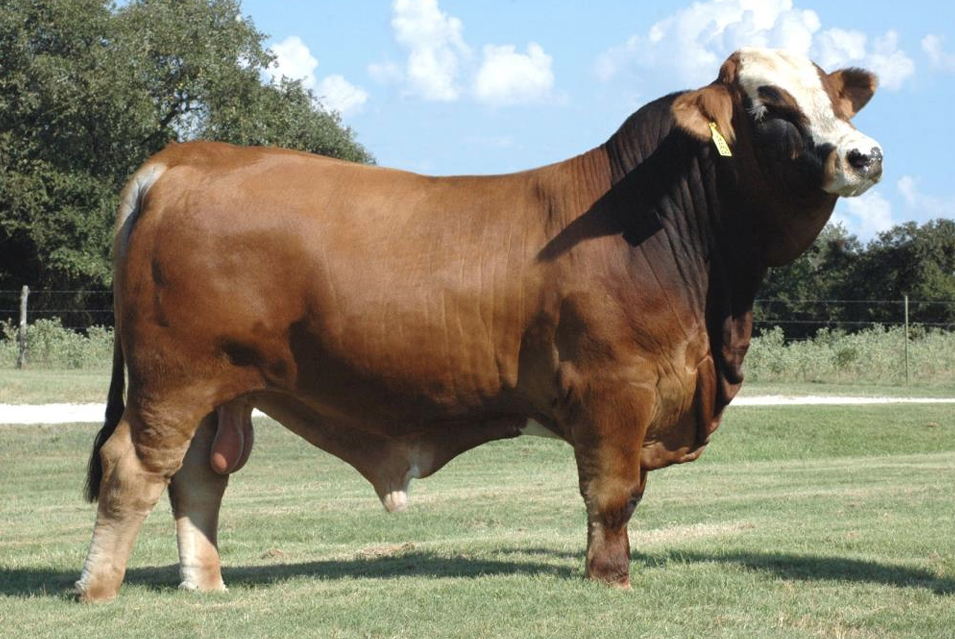ANSC 1401 - Beef Cattle
1/131
There's no tags or description
Looks like no tags are added yet.
Name | Mastery | Learn | Test | Matching | Spaced |
|---|
No study sessions yet.
132 Terms
Beef
The meat from cattle other than veal and calves
Veal
The meat from calves slaughtered before they are about 3 months old (yearling or younger)
All-milk diet; causes a pale meat
Calf
Meat from a calf OR a young bovine
Bovine
Cattle — Species name
Bull
A sexually mature, uncastrated, bovine male
Steer
A male bovine castrated before reaching puberty
Done to reduce aggression and similar brought on by testosterone
Testosterone reduces marbling
Bull Calf
A sexually immature, uncastrated, bovine male
Bullock
Young bull under 2 years of age
Calf Crop
Calves produced by a herd of cattle in one season
Cow
A sexually mature, bovine female that has given birth to at least one calf
Dry Cow
A cow that is not producing milk
First calf
A term commonly used to indicate the first calf born to bovine females
Freemartin
A sterile heifer born twin to a bull calf
90% of the heifers will not concieve
Heifer
A young female bovine before the time that she has produced her first calf
Heiferette
Female between 2-3 years of age that has calved once
Typically a slaughter heifer that accidentally calves
Yearling
A male or female between 1-2 y/o.
“Short yearling” is 12-18 months
“Long yearling” is 18-24 months
Bos Indicus (Zebu) cattle
The kind of cattle—originating in India—from which the Brahman breed was developed. Common characteristics include:
Shoulder hump, drooping ears, a loose, pendulous dewlap
Seen as sacred and therefore not eaten—retained unwanted characteristics for meat-wise cattle
What is Bos taurus?
Cattle of European origin
Better meat than Bos Indicus, adapted to cold climates
The beef industry is a _____ integration
Vertical
What are the four structures of the Beef Industry in order?
Seed Stock
Cow-Calf
Yearling/Stocker
Feedlot
What is the purpose of the Seed Stock Production?
To produce breeding stock; genetic supplier of Bulls and Heifers
What is the purpose of the Cow-Calf Production?
To produce the heaviest calves possible with the least cost
What is the purpose of the Yearling/Stocker Operators?
To grow calves to heavier weights on low-priced forage
Only light calves go to these operators
What is the purpose of the Feedlot Operations?
Acts as the “finishing phase,” finishes cattle to market weight before slaughter
Do other countries care about Marbling?
No. Only the U.S. really cares about it.
What happened in 1493?
Spanish cattle were brought to Western Hemipshere by Columbus
What happened in 1519?
Cortez brings Spanish Longhorns to Mexico
What happened in 1609?
English settlers bring European Cattle to America
What happened in the 1850s?
European Shorthorns are brought to America
What happened Post-Cold War (CW)?
Cattle drives from the South to railways in Kansas (KS) and Nebraska (NE)
What happened Post-World War II (WWII)?
Excess grains gave rise to grain-fed to cattle prior to slaughter
Was the birth of the feedlot industry
What’s happening today?
Smaller herds/greater meat production due to greater efficiency
What is double-muscling?
A term used to described having more muscle fibers
The fibers are smaller and more concentrated
Leads to extremely tender meat but very low marbling as well as poor reproduction.
We are trying to eliminate this in the U.S.
What is a Dual-Purpose Breed?
A Breed that can/is used for dairy/reproduction and meat
Are most cattle better in dry or humid climates?
Dry
What beef cattle breeds are polled?
Angus
Red Angus
Red Poll
Buffalo
Tough, ornery, adaptable
Crossed to form a beefalo
Not good meat
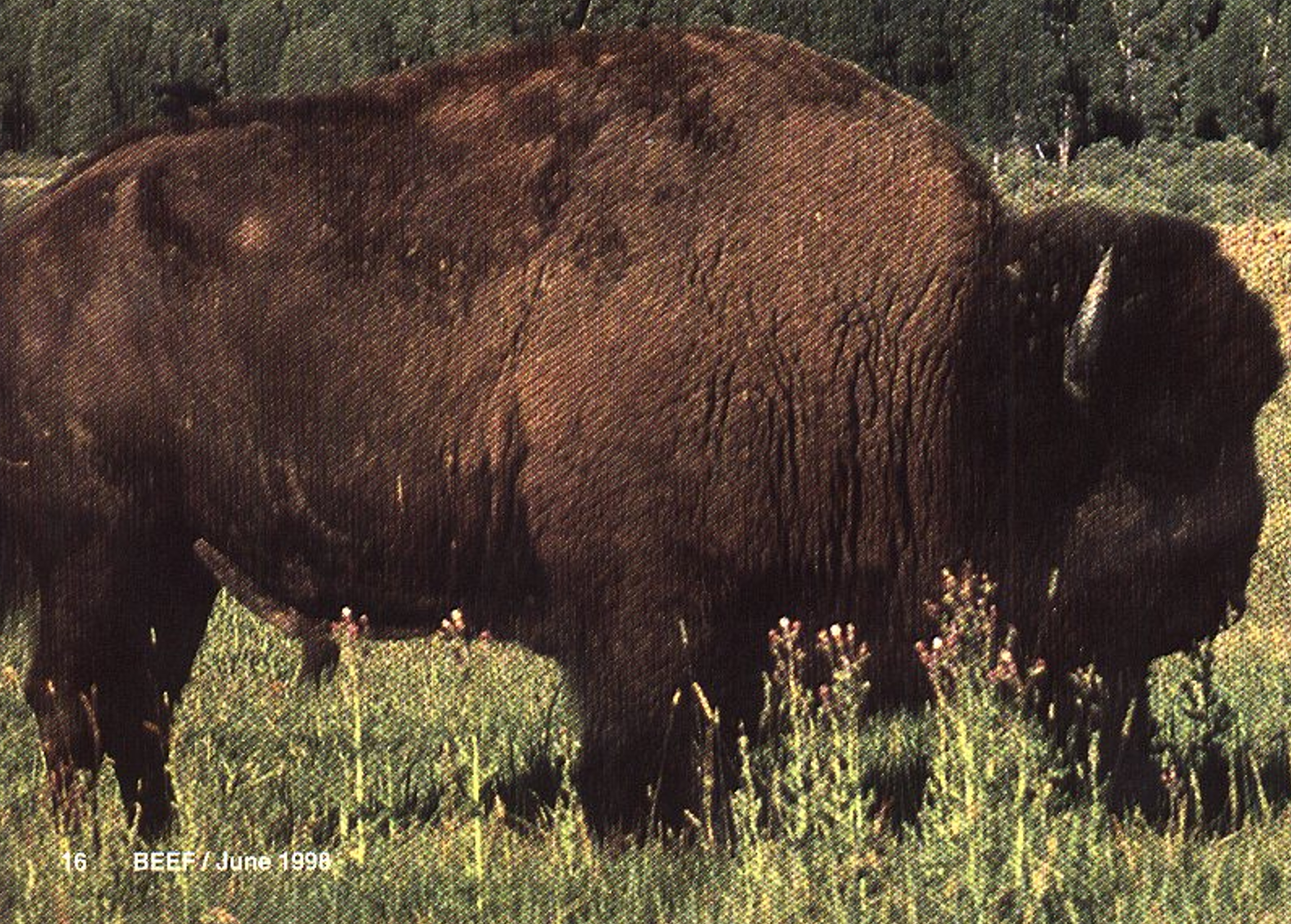
Longhorn
Tough, adaptable
Comes in any color
Light muscled
Good for first-calf heifers
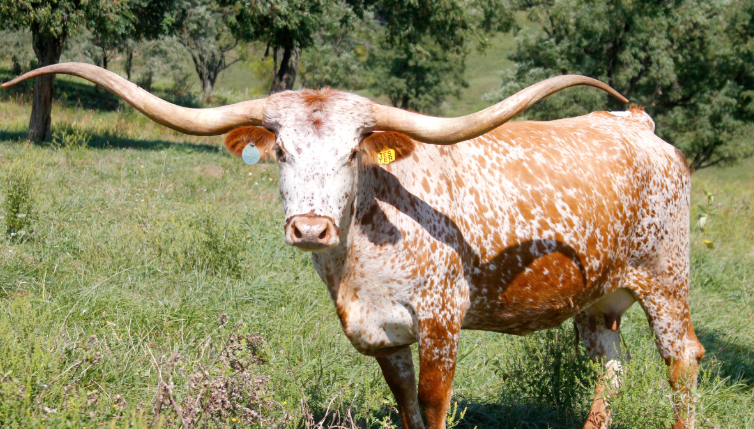
What are the characteristics of the British Breeds?
Known for being reproductively efficient
Good mothers & milkers
Tend to do well in environments with less forage due to extra fat
Smaller than a lot of cattle breeds
Don’t marble as well nor at as early of an age compared to other breeds
Angus + Red Angus growing in popularity in U.S.
What are the British Breeds?
Shorthorn
Hereford
Mini Hereford
Angus
Red Angus
Black Baldy
Galloway
Scotch Highland
Red Poll Bull
South Devon
Murray Gray
Shorthorn
Originated in Scotland
Will be horned or polled
If horned, the horns will be shorter than most cattle
Can come in red, roan, or white
RR - Red
RW - Roan
WW - White
White is an unpopular color in Shorthorns
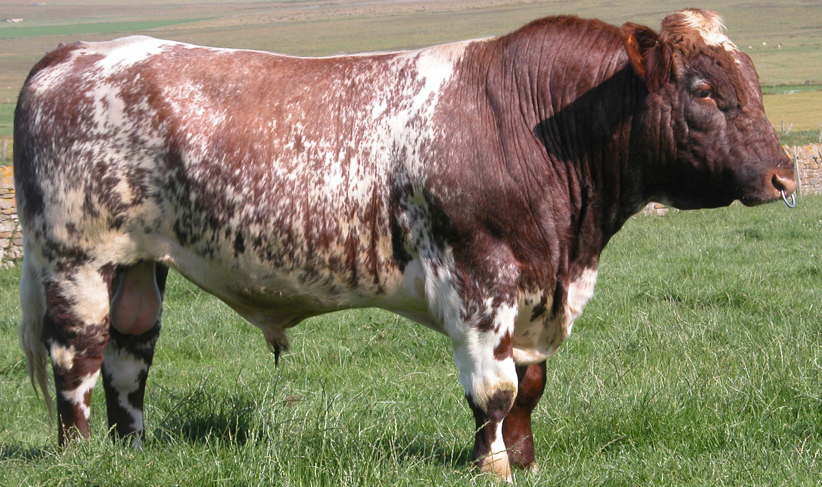
Hereford
From Herefordshire, England
Can be horned or polled
Most important of the British Breeds globally
Nicknamed “the cattle that won the west”
Tough, durable, can handle having less grass, rugged
Red bodies with distinct white markings
If they have no white on their shoulders, they’re called a “redneck”
Prone to eye cancer; pink spots absorb UV rays which can lead to cancer
Also leads to sunburned utters and testicles
A lot of white has been bred off, especially in sensitive areas
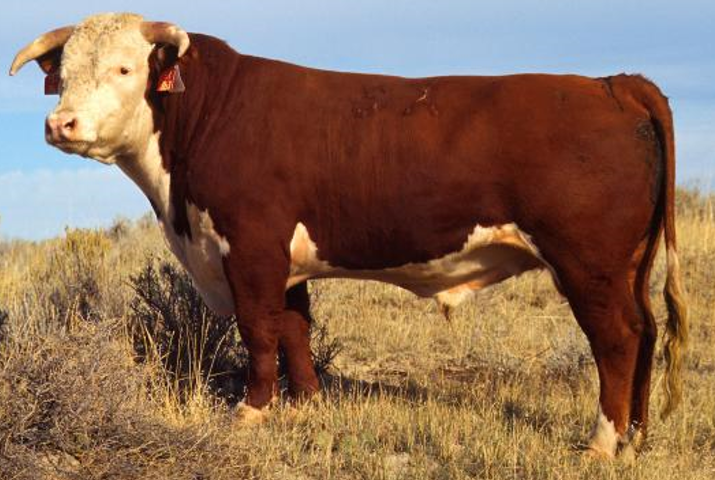
Mini Hereford
Well-known in the Show Industry
Therefore, not relevant to commerical industry
Niche market
Will be shown with a child for size comparison
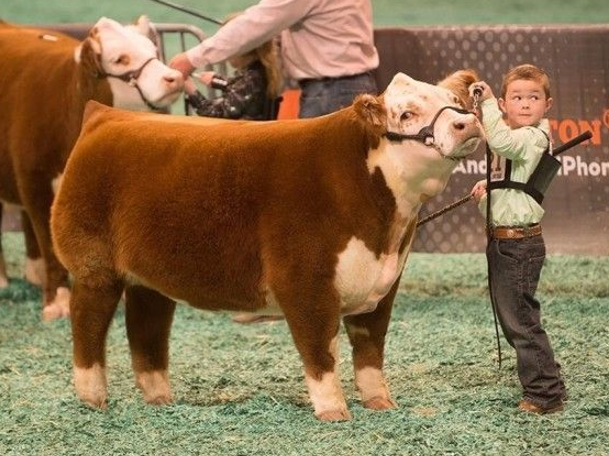
Angus
Originated in Scotland
The most important in the U.S.
Produce more marbling at a younger age & smaller weight
Will always be black & polled
Good maternal instincts
White can only be under belly/scrotum
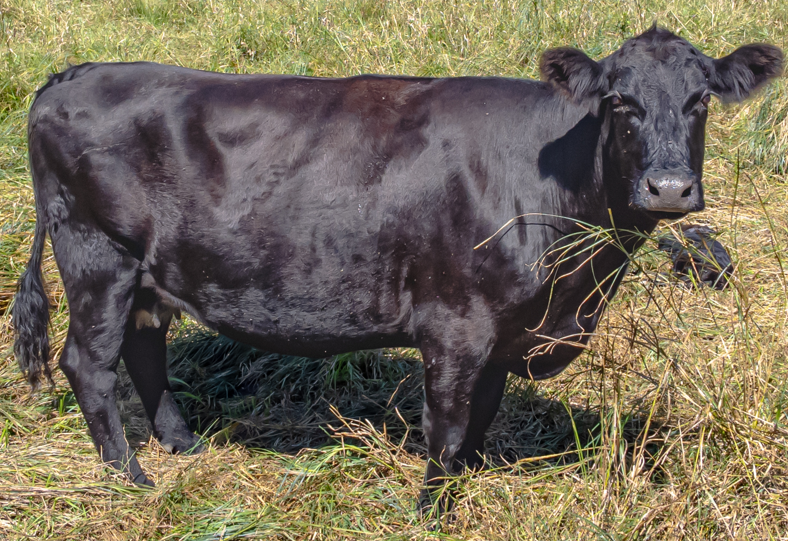
Red Angus
Same genetics as an Angus minus the red gene
Always polled
Even etter maternal instincts than the Angus
Can better withstand heat due to lighter coloring
Darker colors absorb more heat
Genetics
Black gene is dominant
BB & Br - Black
rr - Red
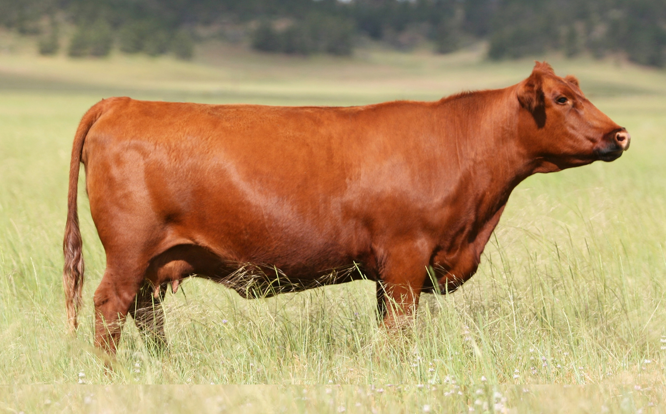
Black Baldy
Hereford x Angus
Hereford face coloring is dominant when it comes to breeding
Excellent mothers
Red Baldy is the most sought after for maternal instincts, heat tolerance, etc
NOT A TRUE BREED! However, it is an accepted term to describe their crossbreeding
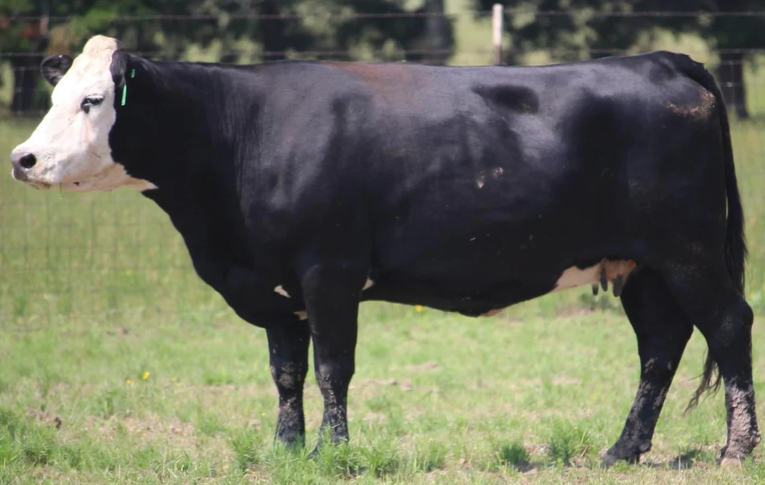
Galloway
Originated in Scotland
A lot more hair than typical British Breeds
Irrelevant to the industry
Helps them keep warm in colder environments
Can’t tolerate heat well
Used for their genetics in show cattle to buff out imperfections
Identified by a white belt around their shoulders
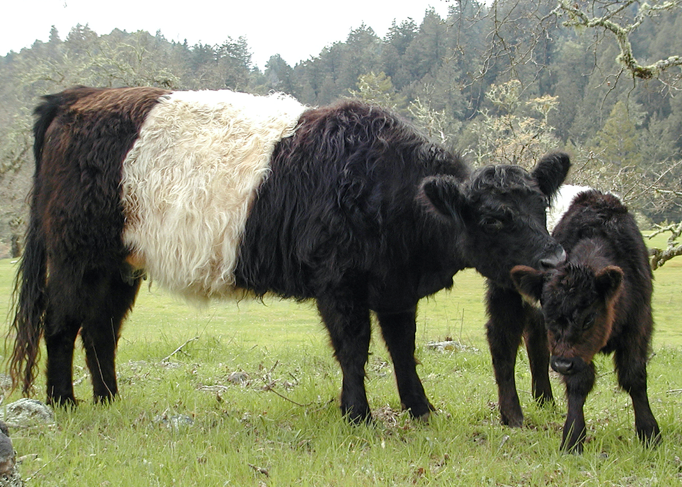
Scotch Highland
Hairy, shaggy haircoat
Irrelevant to the industry; typically pets
Niche market
Noted for their long eyelashes which help with insect resistance
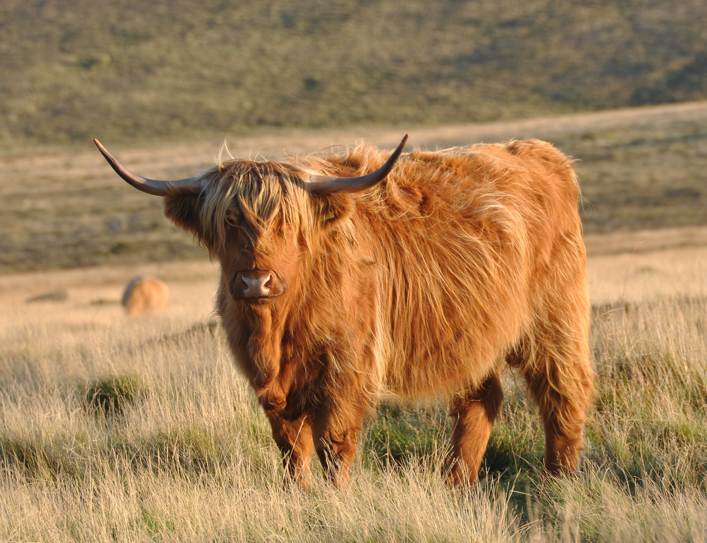
Red Poll Bull
Used to be a Dual-Purpose breed, now solely a Beef Breed
Have light muscles
Too fatty
Irrelevant to the industry
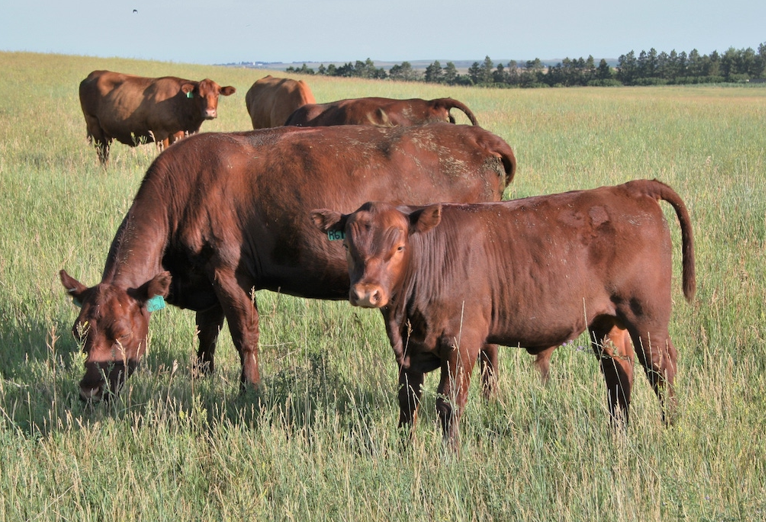
South Devon
Originated from Devon & Cornwall, England (Southwest)
Largest of the British Breeds
Irrelevant to the industry
Can be horned or polled
Some can be black; predominantly red
Has more hair compared to other breeds, but not as much as Highland or Galloway
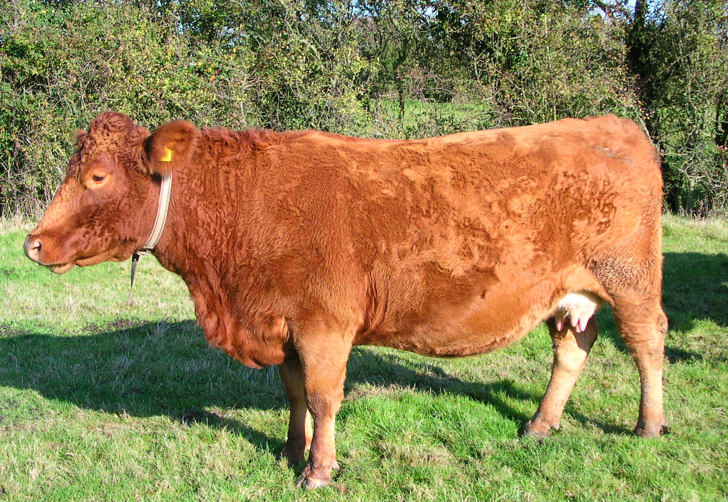
Murray Gray
Originated in Australia
Angus x Shorthorn
Too fatty
Irrelevant to the industry
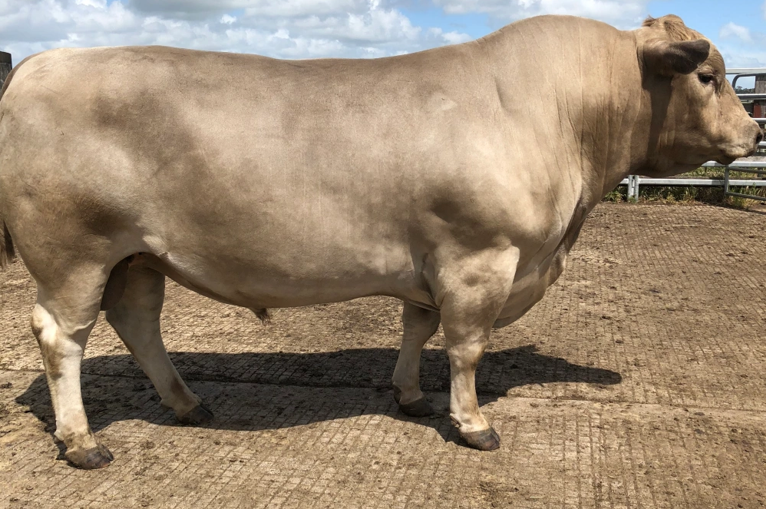
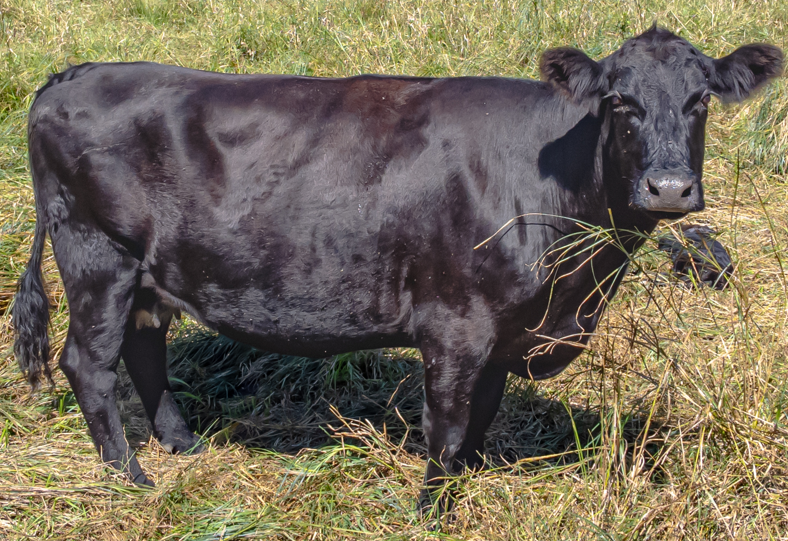
What breed is this?
Angus
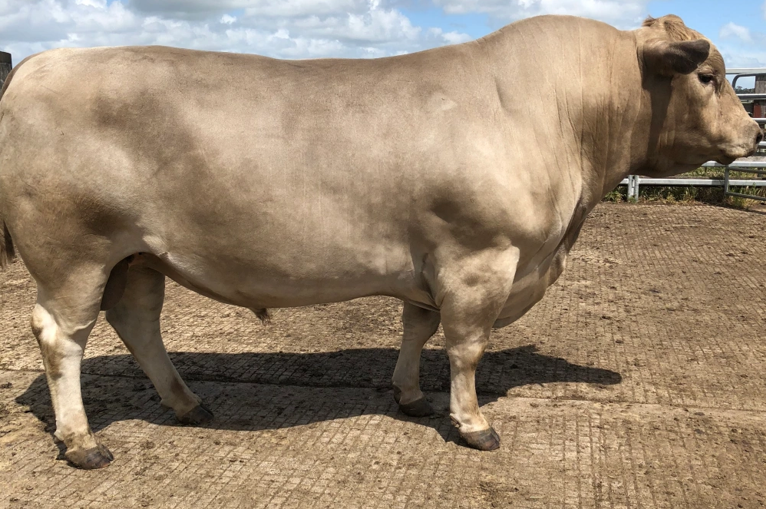
What breed is this?
Murray Gray
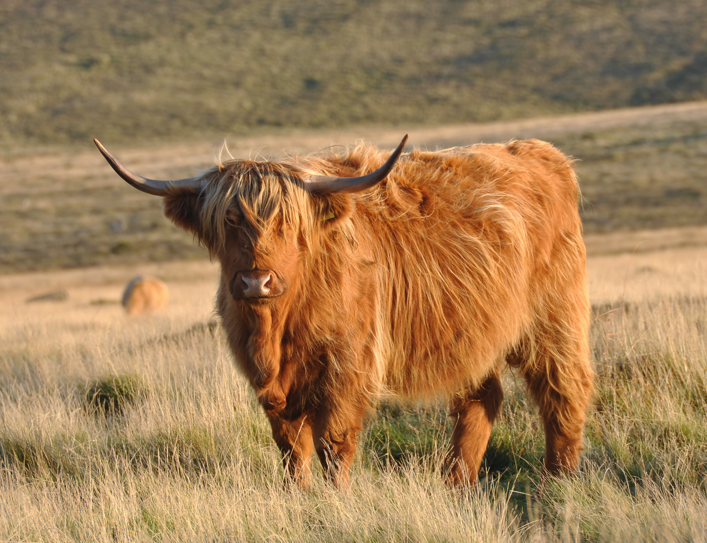
What breed is this?
Scotch Highland
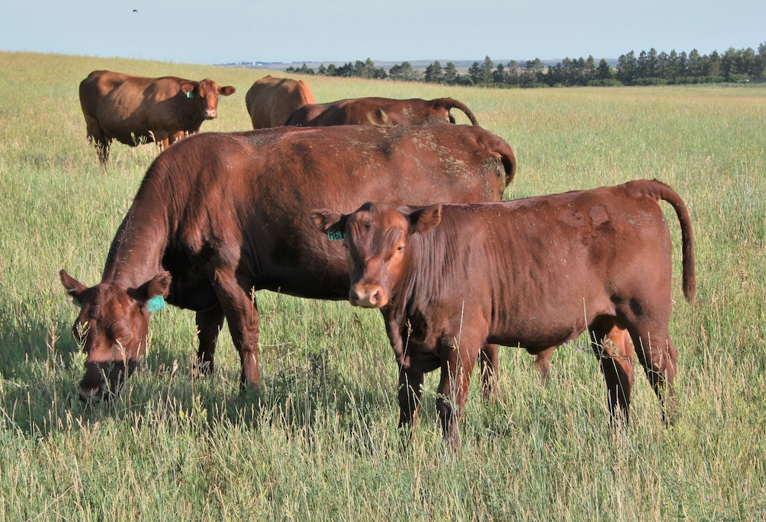
What breed is this?
Red Poll Bull
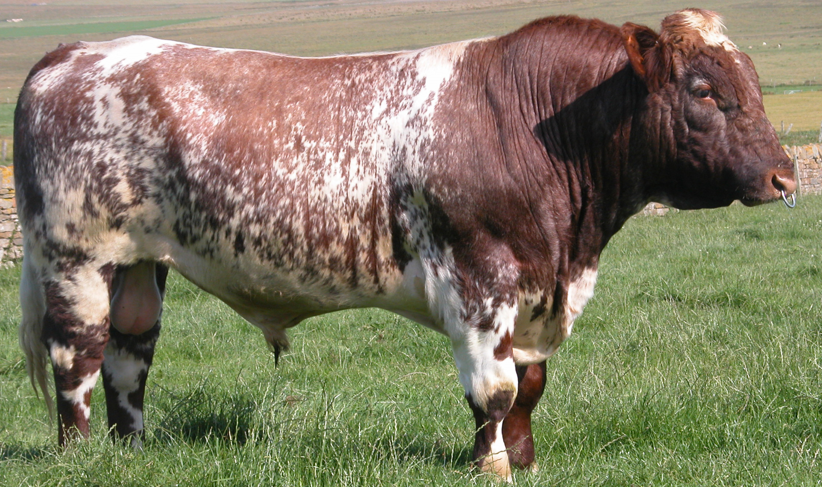
What breed is this?
Shorthorn
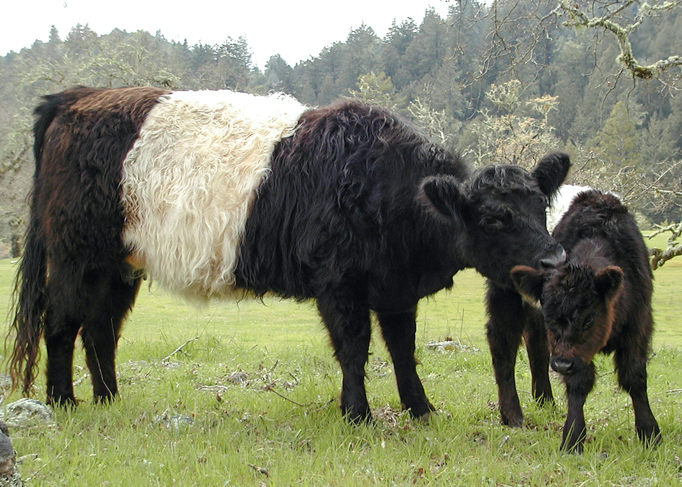
What breed is this?
Galloway
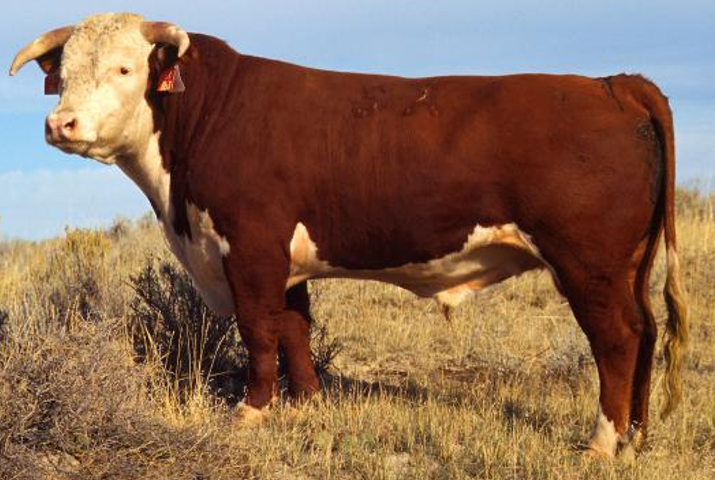
What breed is this?
British
Hereford
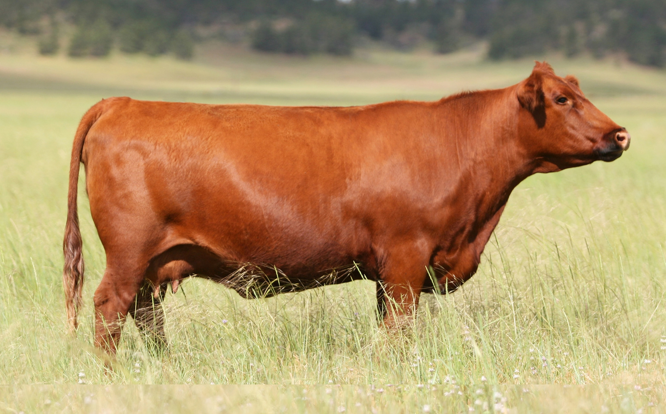
What breed is this?
British
Most popular in America
Red Angus
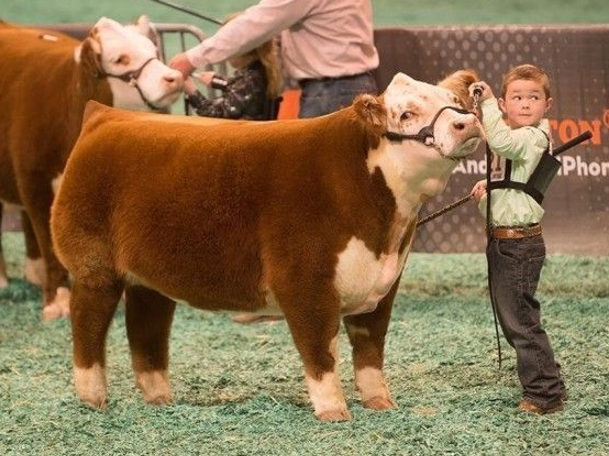
What breed is this?
Mini Hereford
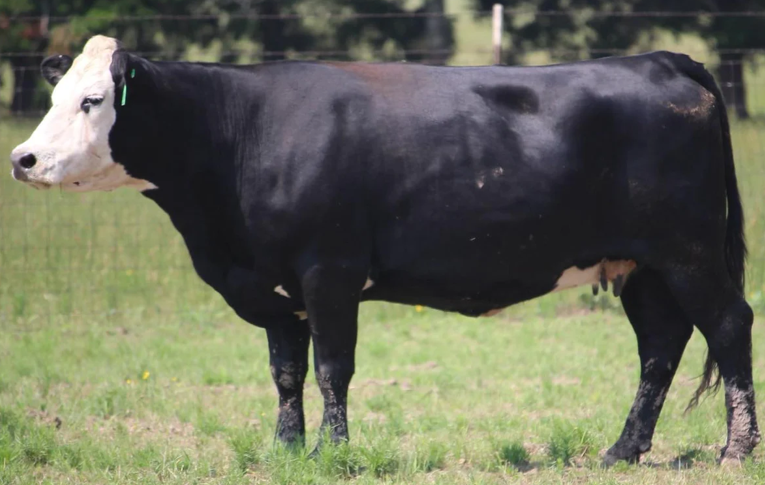
What breed is this?
Black Baldy
Recall that it isn’t an actual breed
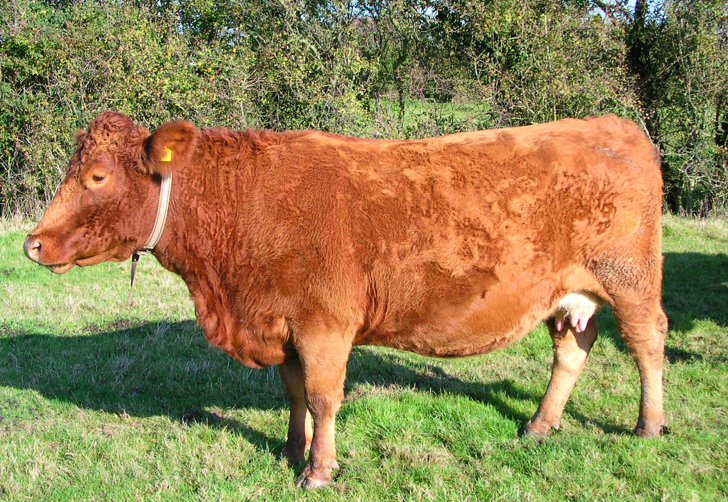
What breed is this?
Not polled
British
South Devon
What are the characteristics of the Continental Breeds?
Aka Exotics or European
Imported to America after the British breeds
Selected for meat, milk & work
Larger, faster-growing, more muscles, less fat
Need a lot more forage to survive
Poorer mothers
Less fertile
Attitudinal
Crossbred most often with the Angus to get desired characteristics in America
Simmental
Originated in Switzerland
Horned or polled with no set color pattern
Can range from light red to almost yellow
Fast-growing but too big and little marbling
Bred with Angus to fix attitudes, mothering abilities and size
The most fertile of the Contintental Breeds
Unlike the Hereford, its white does NOT breed true!
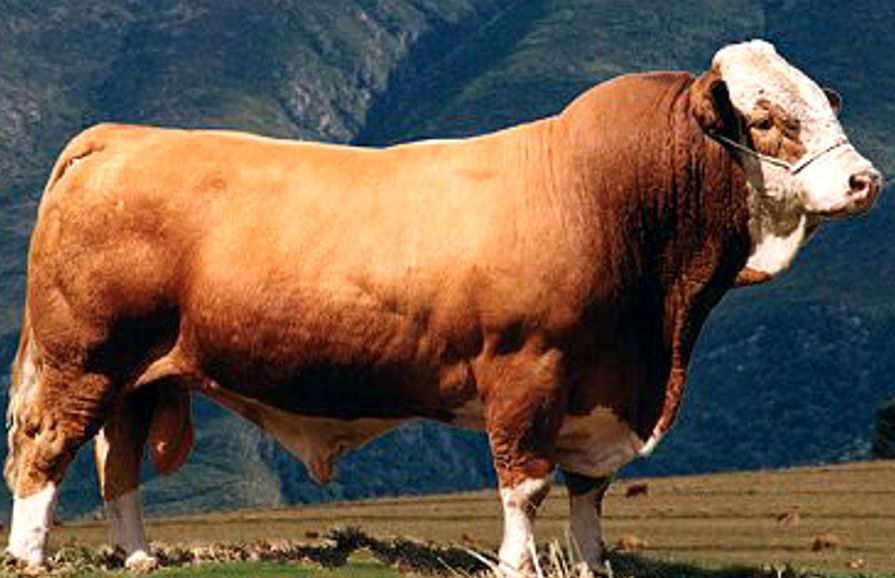
Braunvieh
Originated in Switzerland
Had one of the latest importations to the U.S.
Have the same genetic origins as Brown Swiss dairy cattle
Noted for a lot of marbling, good growth-rates, and being good for crossbreeding
Quite fertile, gentle and product a sufficient amount of milk
Chocolate brown color (unlike any other breed)
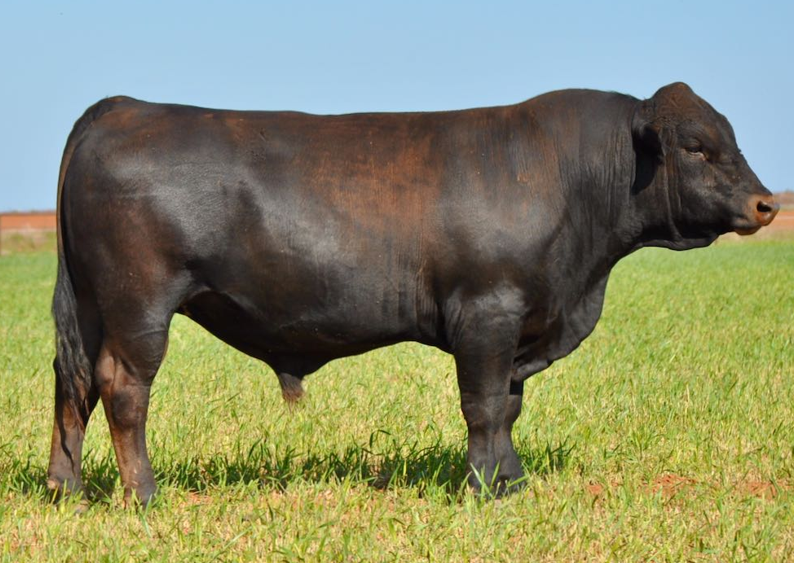
Charolais
Originated in France
White or yellow
Best used in terminal crossbreeding
Good growth rates and carcass
Angus x Charolais → Smoky Angus
Very large: Dystocia
Big-Boned
Poor mothers (low milk, fertility, poor udders)
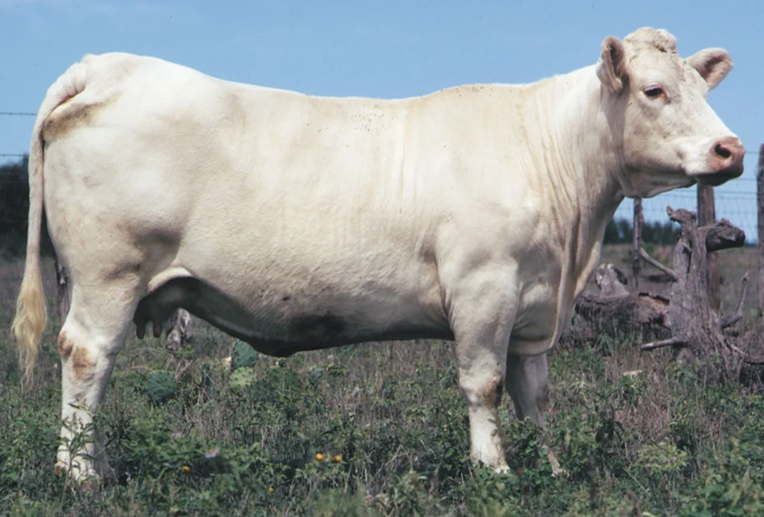
Limousin(e)
Originated in France
Great for crossbreeding
Golden in color with coarse hair
Angus crossbreeding turned them black
Typically polled
Smaller carcass than a Charolais, but still muscular
Round and expressively muscled but very lean
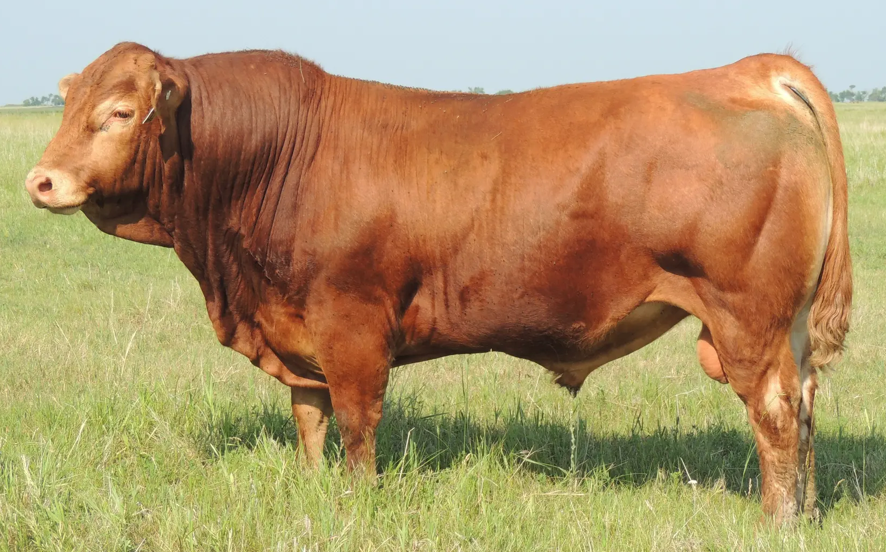
Maine Anjou (Maines)
Originated in France
Typically dark red but black was bred into the mix
White can be bred off but its very difficult
Fast-growing with lean carcass
Poor udders and low fertility
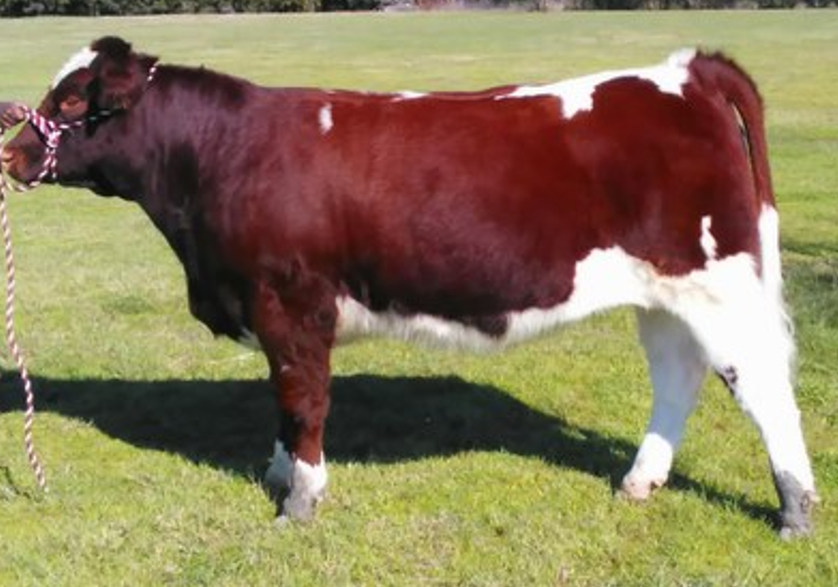
Tarentaise
Originated in France
Identified by dark pigmentations
Super light bones, thin muscles
Too much fat
Able to sire smaller calves → great for first-calf Heifers
Noted for their ability to tolerate high altitudes and are found in mountainous regions in the U.S.
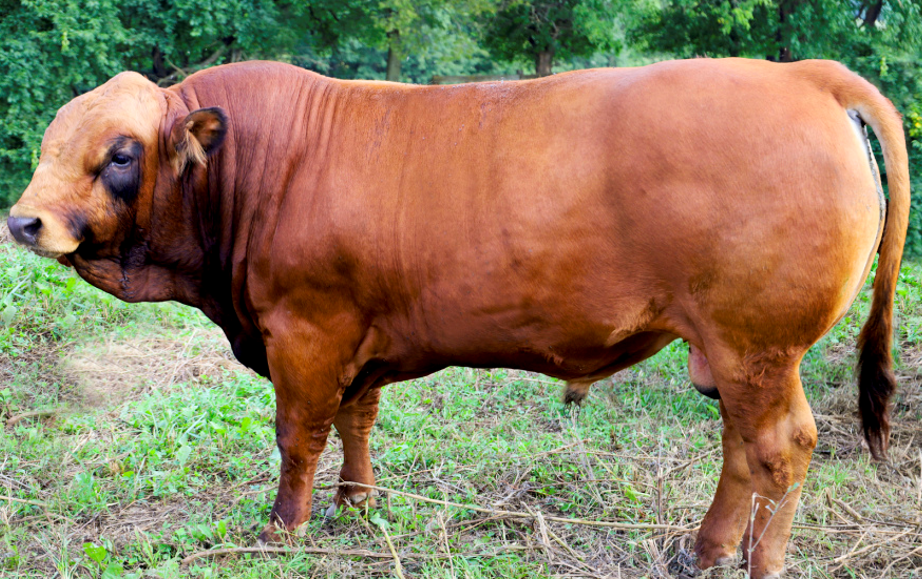
Salers (Suh’ Lairs)
Originated in France
Too high maintenance
Long, dark curly hair → no heat tolerance
Way too big → need too much forage
Attitude issues
Horned or polled

Chianina
Orignated in Italy
They are white with black points
Most in the U.S. are black
Tallest of the Continental breeds
Too big and light muscled
Big-boned
A lot of temperament issues
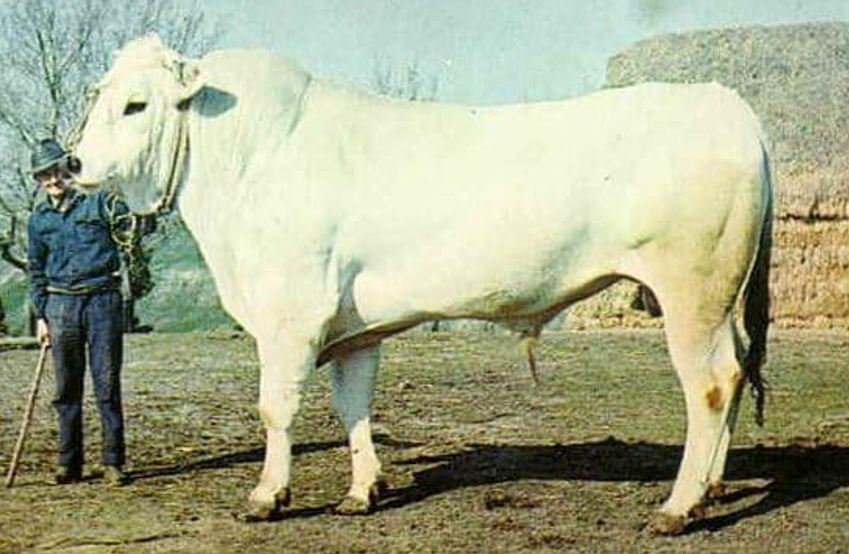
Piedmontese
Originated in Italy
White/gray with dark markings on neck, face, and legs
Double-muscled
Similar to Belgian Blues
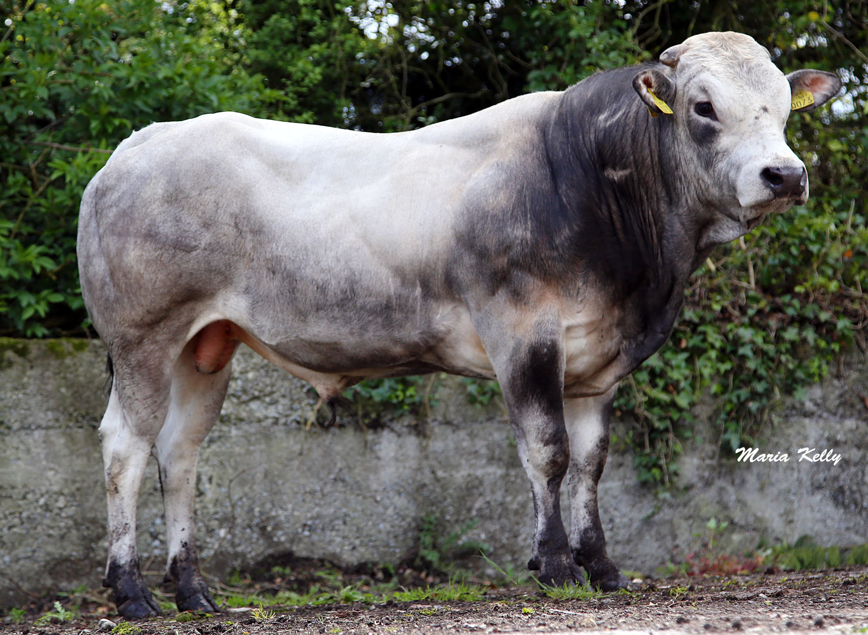
Pinzgauer
Originated in Germany
Better fertility-wise and have better milk production
Never really grew too big → altered gentics
Bred with Angus
Identified by a white topline, tail and belly (alligator)
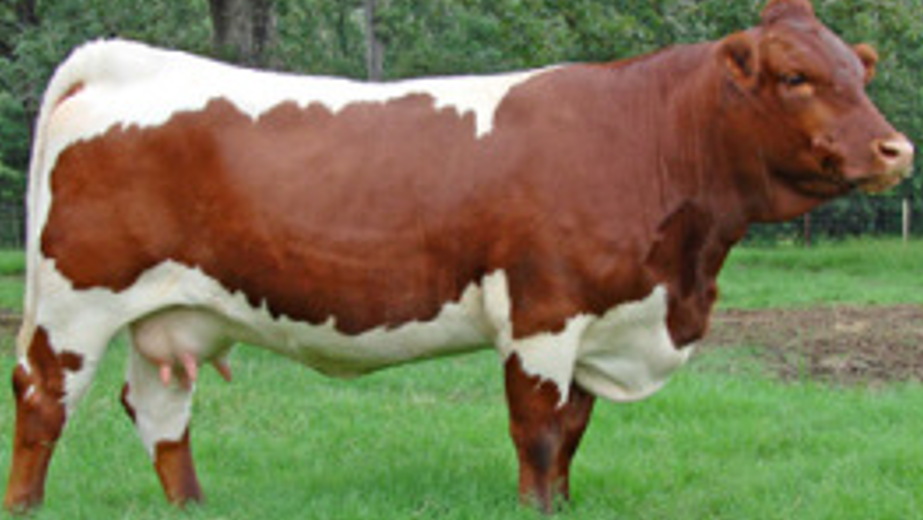
Gelbvieh
Originated in both Germany and Austria
Quite similar to a Limousine
Very muscular
Come in a golden color → bred black now
Good dual-purpose
Good mothers — Gentle
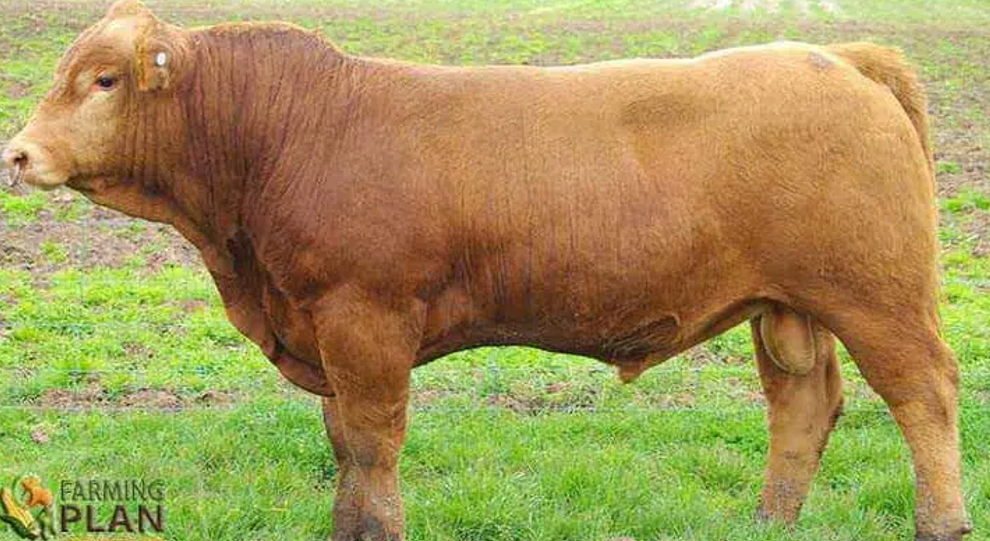
Belgian Blue & White
All are double-muscled
Calves are born large → mothers’ pelvis too small → c-section
Fertility isnt good → hard to find testes due to muscles
They do not marble, therefore no good in beef industry
All meat is used for ground beef
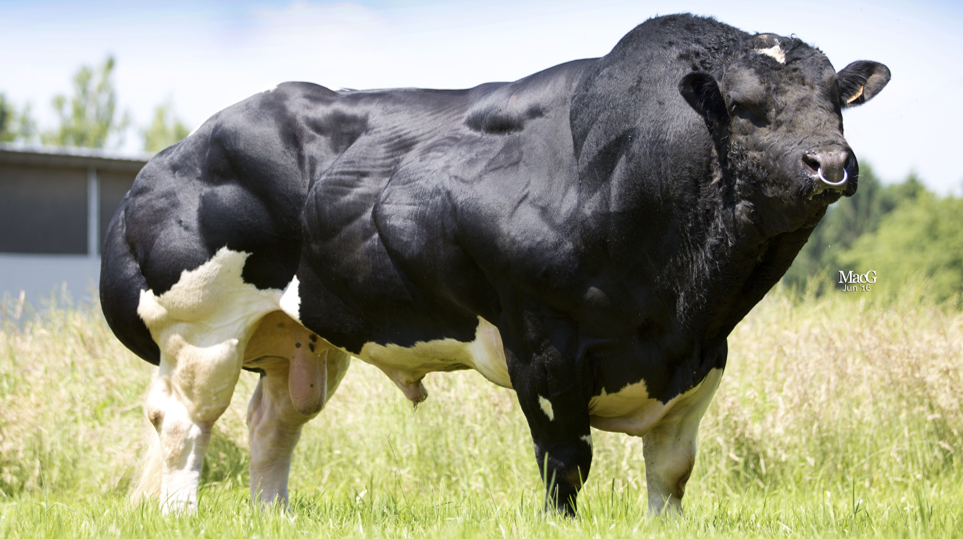
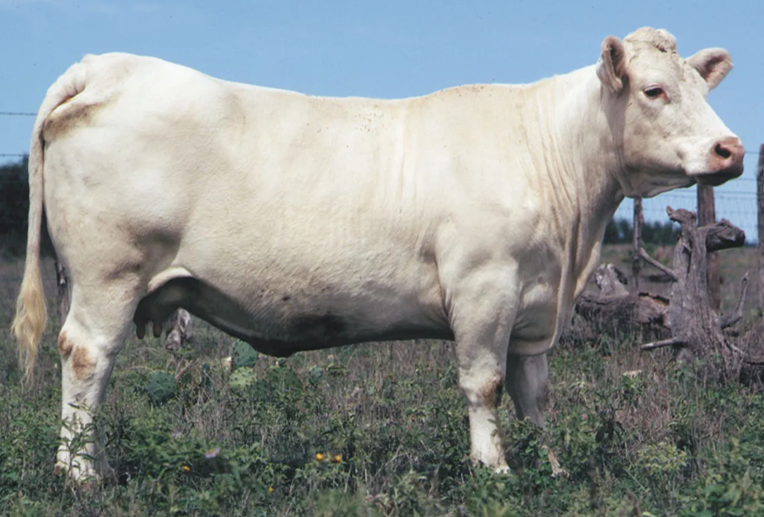
What breed is this?
Continental
Charolais
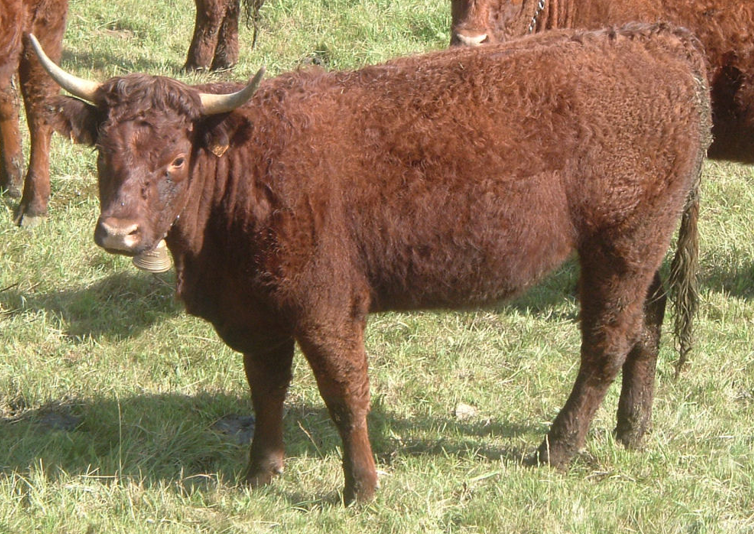
What breed is this?
Salers
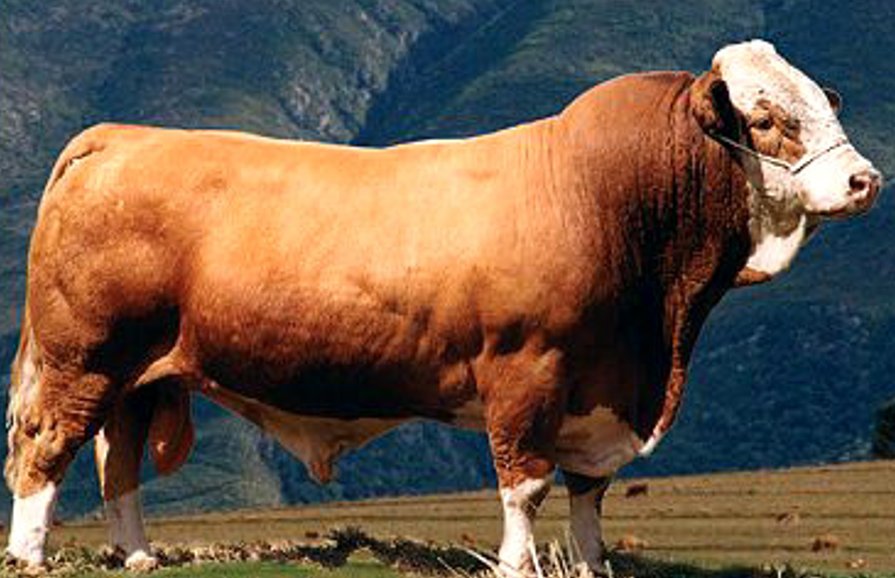
What breed is this?
Continental
Simmental
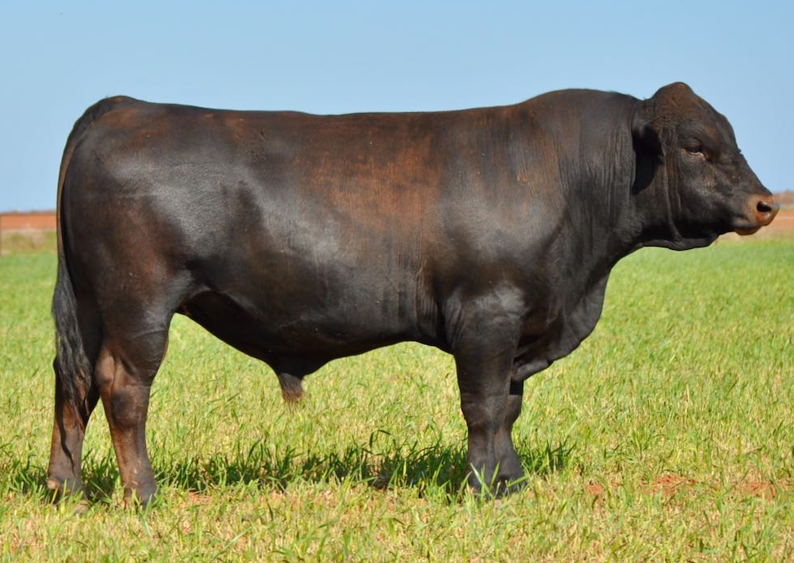
What breed is this?
Braunvieh

What breed is this?
Continental
From France
Limousin(e)
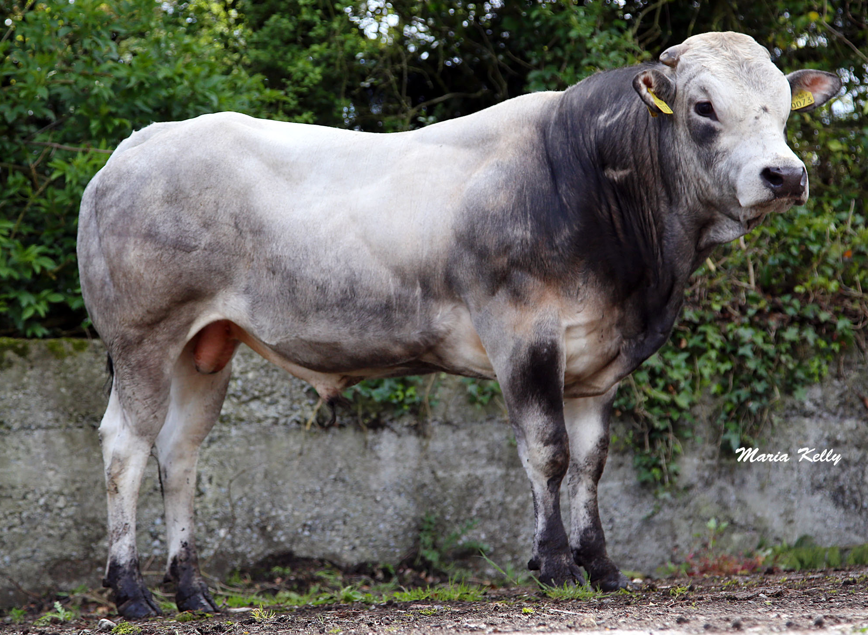
What breed is this?
Piedmontese
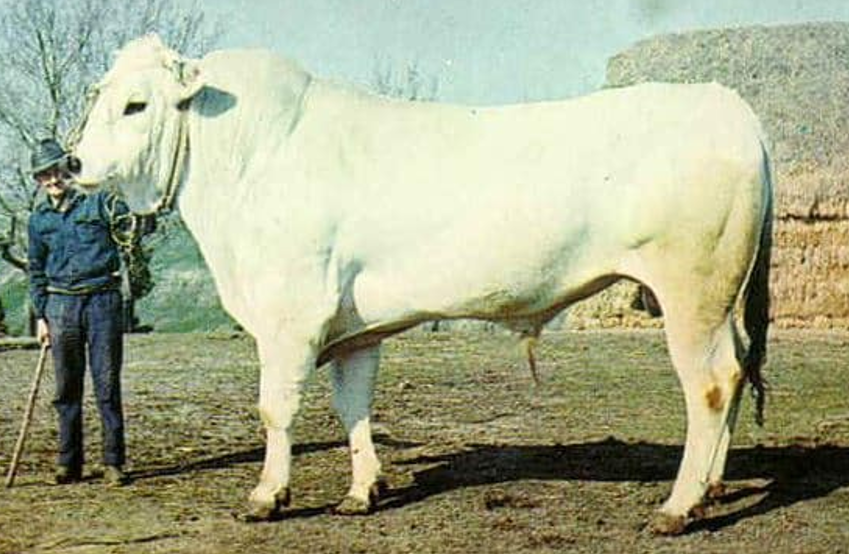
What breed is this?
Chianina
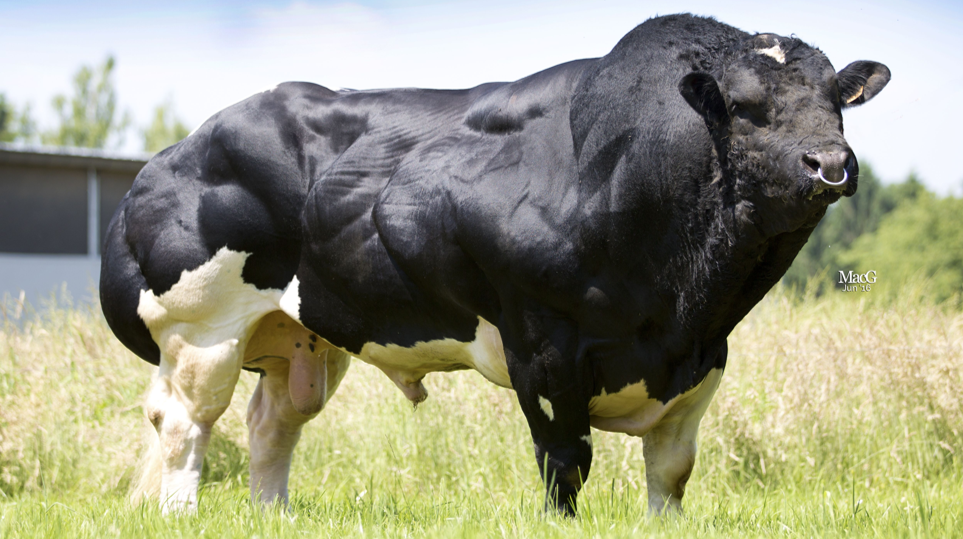
What breed is this?
Belgian Blue & White
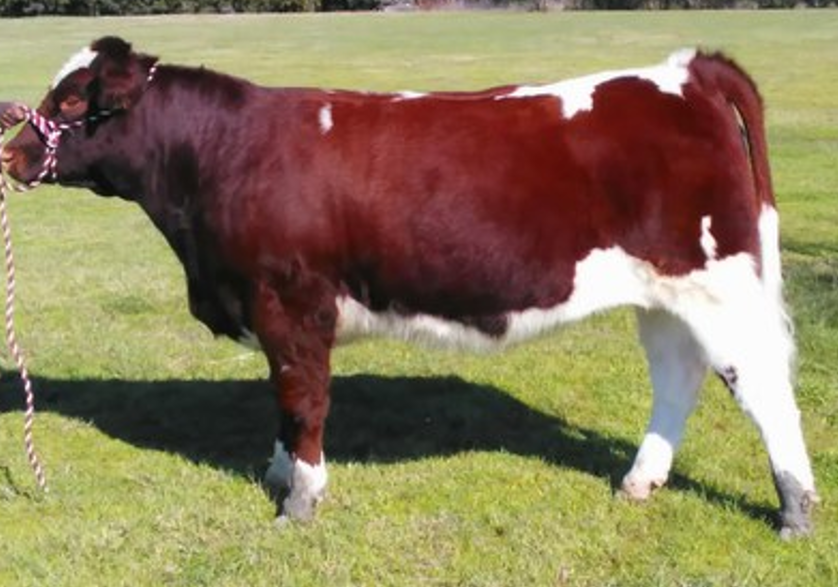
What breed is this?
Maine Anjou (Maines)
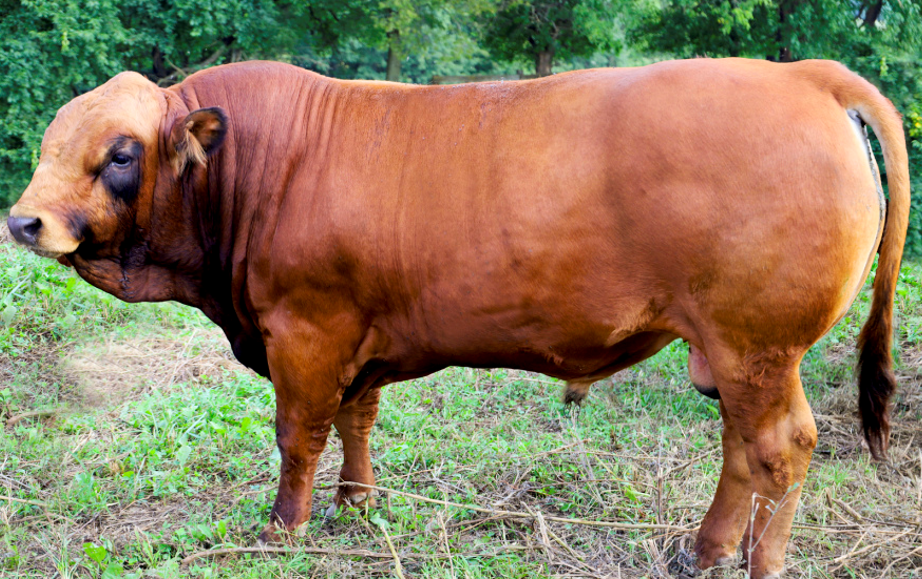
What breed is this?
Tarentaise
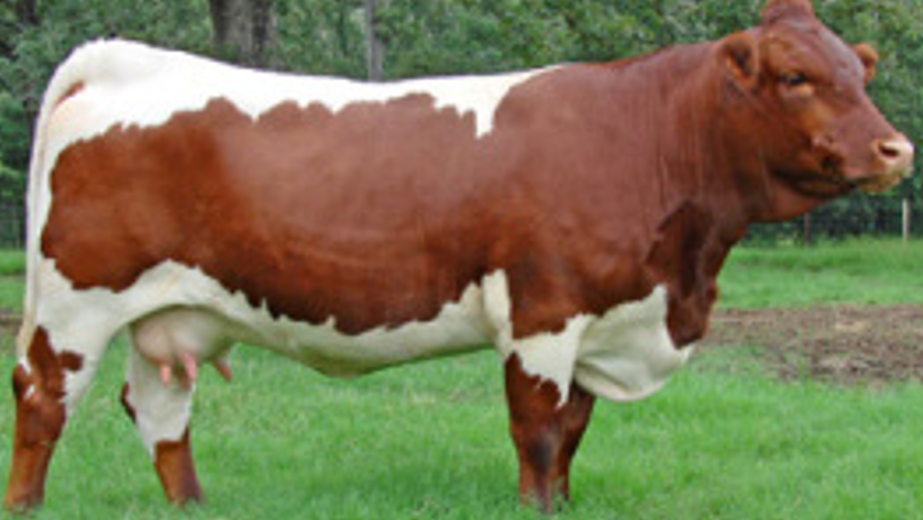
What breed is this?
Pinzgauer
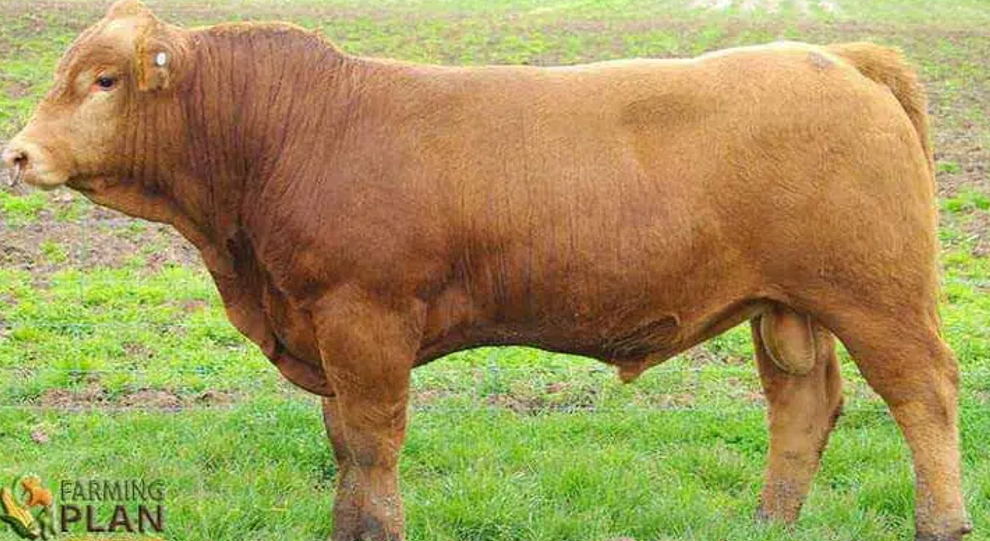
What breed is this?
Continental
From Germany/Austria
Gelbvieh
What are the characteristics of the American Breeds?
Most will have a Brahman base
Brahman bred with British and Continental Cattle
Traits like different head & horn shapes, humps on shoulders, floppy ears, less hair, and loose skin.
Will vary in size depending on % of Brahman
Noted for heat tolerance and insect resistance
Bred for the southern U.S. to withstand the hot, humid environments
American Breeds are typically 5/8’s what and 3/8’s what?
5/8’s other breed (ex: Shorthorn, Angus) and 3/8’s Brahman
American Brahman
Large, floppy ears, dewlap, and long, narrow face
Extra leather contained in dewlap
Tend to have sheath problems due to too much skin
Harder to breed
Will be predominatly grey and red
Used in crossbreeding to pass heat tolerance and parasite/disease resistance
Seen in southern cattle
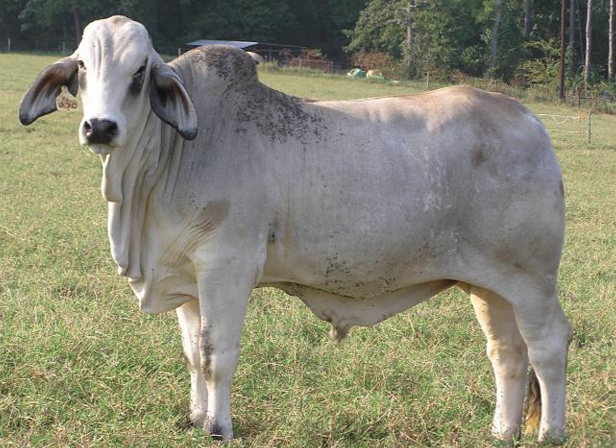
Tiger Stripe Cattle
Brahman x Hereford
Used as a terminal crossbreed
Used to make a “super baldy”
Regionally important in the south
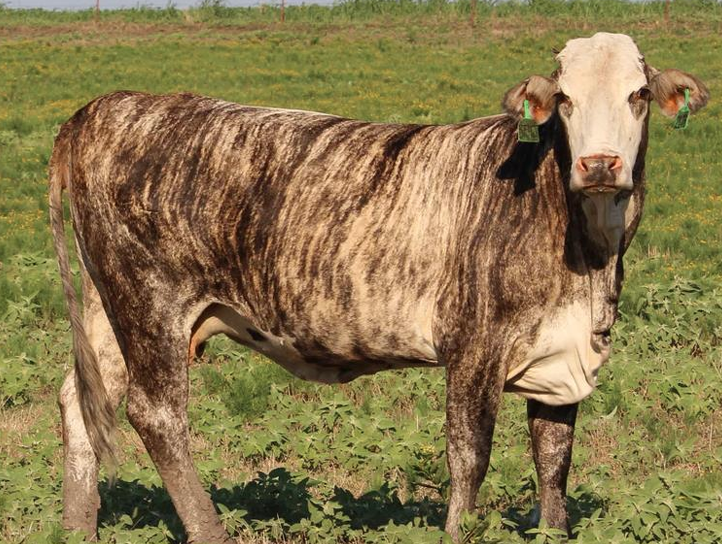
Nellore
Thinnest of the American Breeds
Tight skin
Unique, upward horn shape
Refined and small udders
Used to create the Brahman
Most will be white
Jackson will show a white one!!!
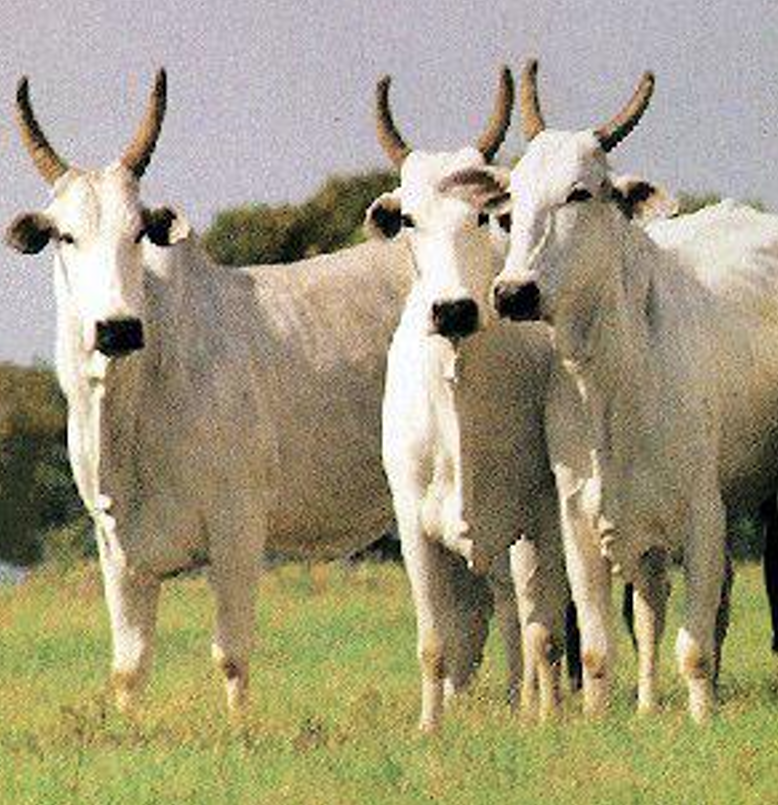
Guzerat (Indu-Brazil)
Originated in Brazil
Most skin of the American Breeds
Very unique horn shape
Similar to Nellore
Most will be grey or black
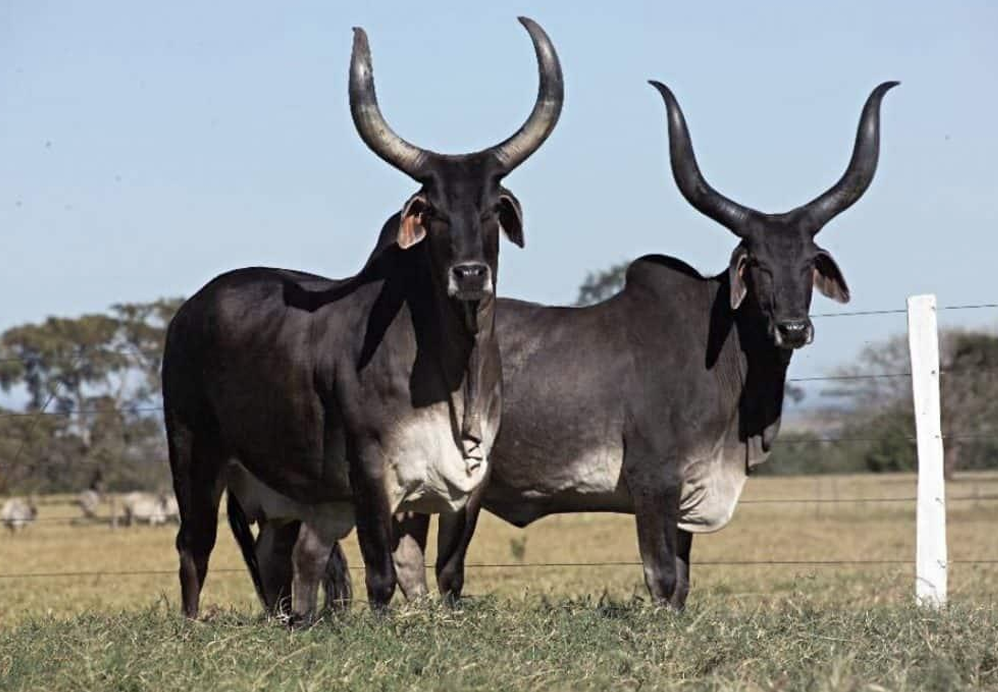
Santa Gertrudis
Created on King Ranch
5/8 Shorthorn and 3/8 Brahman
All will be red, can be horned or polled
Range from dark red to bright red
Noted for good growth rate
Inconsistant marbling
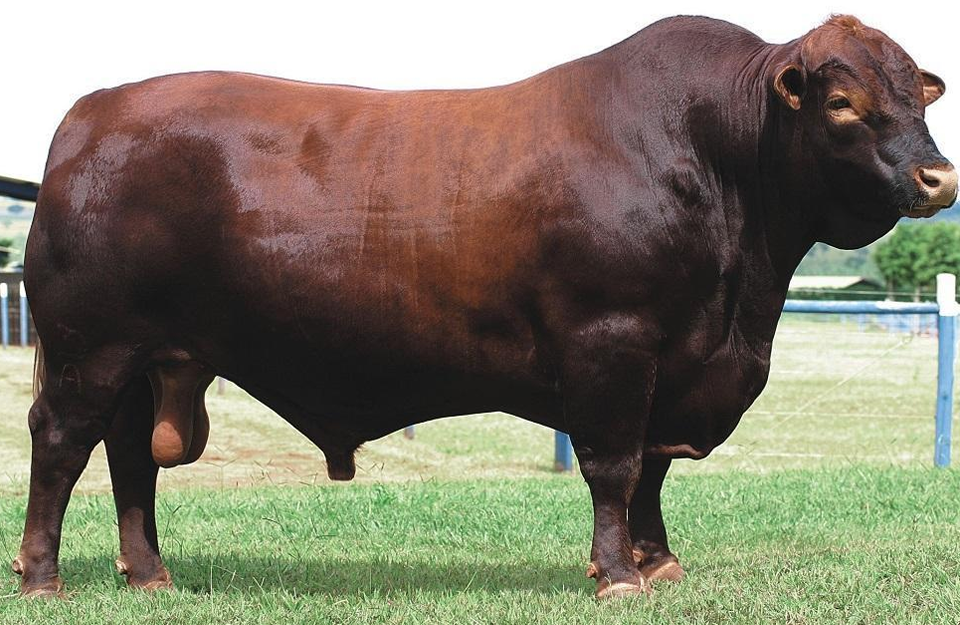
Santa Cruz
Created to breed off the Gertrudis’ bad traits
King Ranch 1990
Better carcass
Better maturity
Not a “true” American Breed
5/16 Shorthorn, 3/16 Brahman, ¼ Red Angus, ¼ Gelbvieh
SBRaG

Brangus
5/8 Angus 3/8 Brahman
Marbling + Heat Tolerance
The most popular of the American Breeds
Black and polled
Can be red, depends on parents
Recall that Angus has recessive red gene
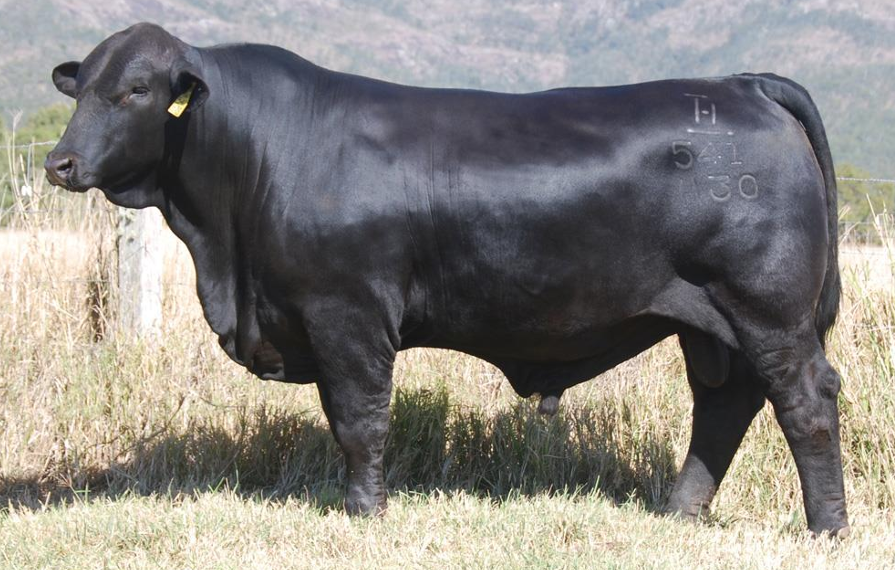
Brahford
5/8 Hereford 3/8 Brahman
Will carry the white markings
Dominate gene!
Noted for being excellent mothers
High fertility & milk production
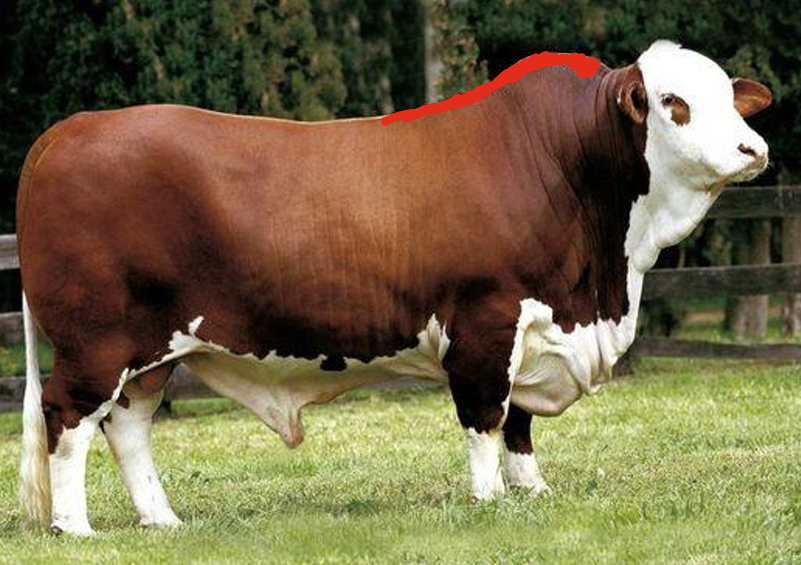
Beefmaster
Created by Tom Lasater
Brahman x Shorthorn x Brown Swiss x Hereford
BSBsH
Can be any color
Shift to red, but not a breed requirement
Docile, gentle, and highly fertile
Good growth rate and size but have carcass issues
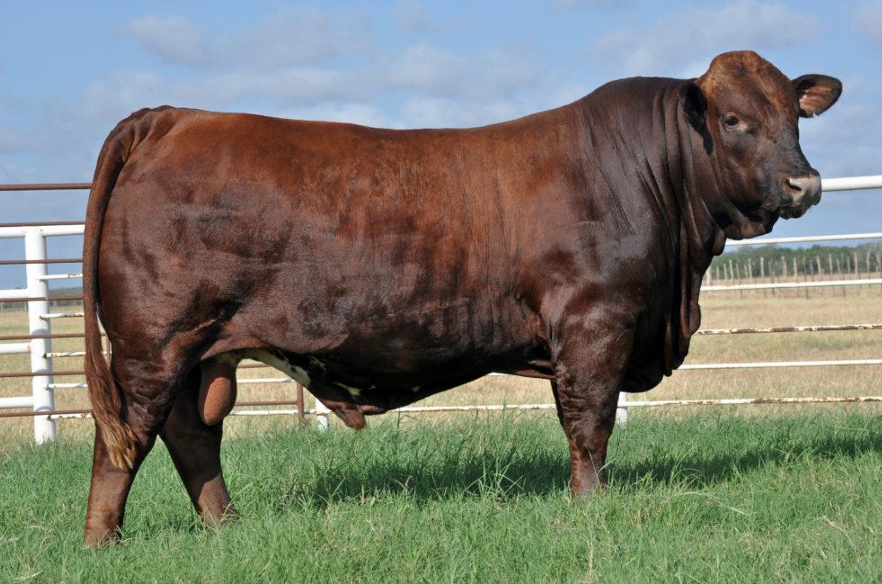
Charbray
5/8 Charolais 3/8 Brahman
White or yellow, horned or polled
Better carcass than a Brahman
Terminal crossbreeding
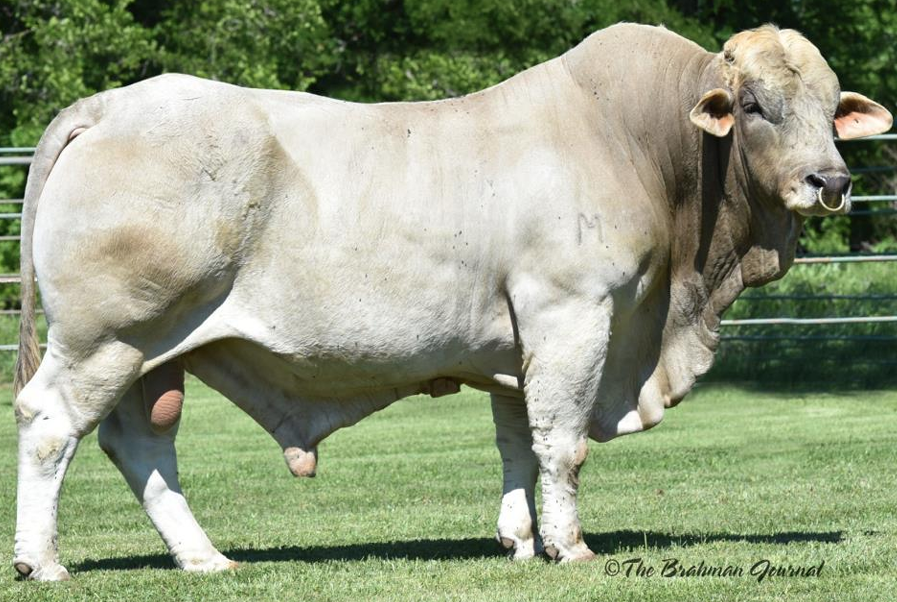
Simbrah
5/8 Simmental 3/8 Brahman
Tend to mark like a Simmental
Way too big and needs too much forage
Good in plains states
Good maternity
Milk production
